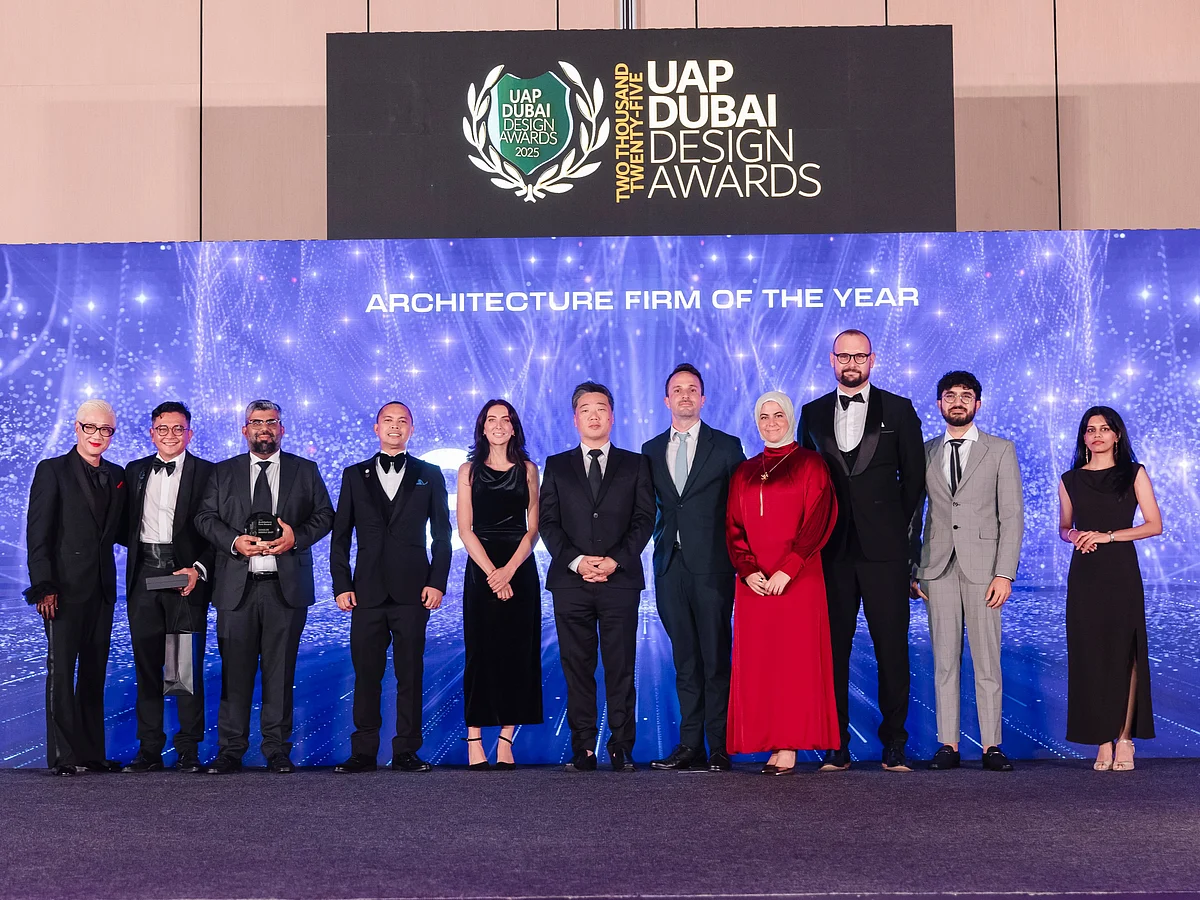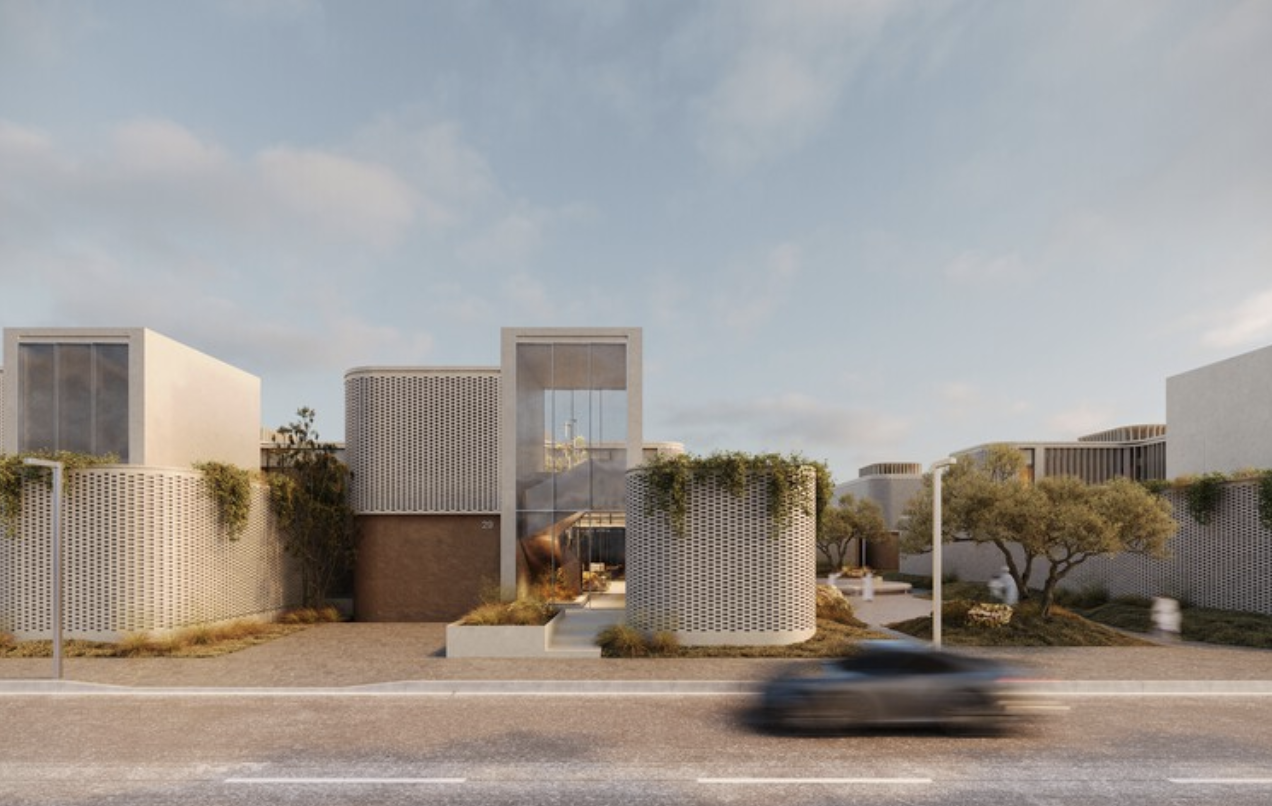In a city where architectural accolades are often reserved for headline-grabbing megaprojects, the 2025 UAP Dubai Design Awards offered something refreshingly different: a celebration of craft, culture, and the rising power of diverse voices shaping the UAE’s built environment. Held this August, the awards—organized by the United Architects of the Philippines (UAP) Dubai chapter—have become a growing fixture in the region’s design calendar, quietly fostering a more inclusive, community-focused conversation about what architecture can and should be.

Now in its 5th edition, the awards honor Filipino architects and designers working across the UAE, while opening the platform to regional creatives whose work reflects innovation, social impact, and contextual sensitivity. The result is a collection of entries that move beyond spectacle—focusing instead on projects that respond to site, serve people, and embrace sustainability in ways both large and small.
This year’s event was held at the Theatre of Digital Art (ToDA) in Souk Madinat Jumeirah, a fittingly immersive venue for a program that blends technology, tradition, and forward-looking design. Among the standout winners were residential and community projects that reimagined low-rise living for Gulf climates, adaptive reuse schemes in Sharjah and Ras Al Khaimah, and speculative proposals focused on desert regeneration and climate resilience.
More than a showcase, the UAP Dubai Design Awards have evolved into a cross-cultural design dialogue. The strong presence of Filipino architects—many of whom play pivotal roles in the UAE’s leading design firms—highlights a shift in recognition. Their contributions, long visible but often under-acknowledged, are now being publicly celebrated. And with categories ranging from residential interiors to urban master plans, the awards provide space for both emerging and established talent to gain visibility.
Equally noteworthy is the event’s commitment to mentorship and knowledge-sharing. Panel talks, student exhibitions, and community voting mechanisms were all part of the 2025 program, encouraging younger professionals to engage with peers, critics, and collaborators. It’s this kind of layered engagement that positions the awards not just as a trophy night, but as a meaningful platform for architectural growth in the region.
While Dubai continues to be known for scale, speed, and spectacle, platforms like the UAP Design Awards are quietly steering attention back to process, detail, and people. They’re a reminder that behind every skyline are stories—of individuals, of communities, of cultures coming together to build something lasting.
The 2025 edition marks a high point in the award’s trajectory, with a record number of submissions and increased interest from regional studios. It also signals a wider trend: that the future of UAE design might not just be about who builds the biggest, but about who builds with the most thought, care, and conviction.





